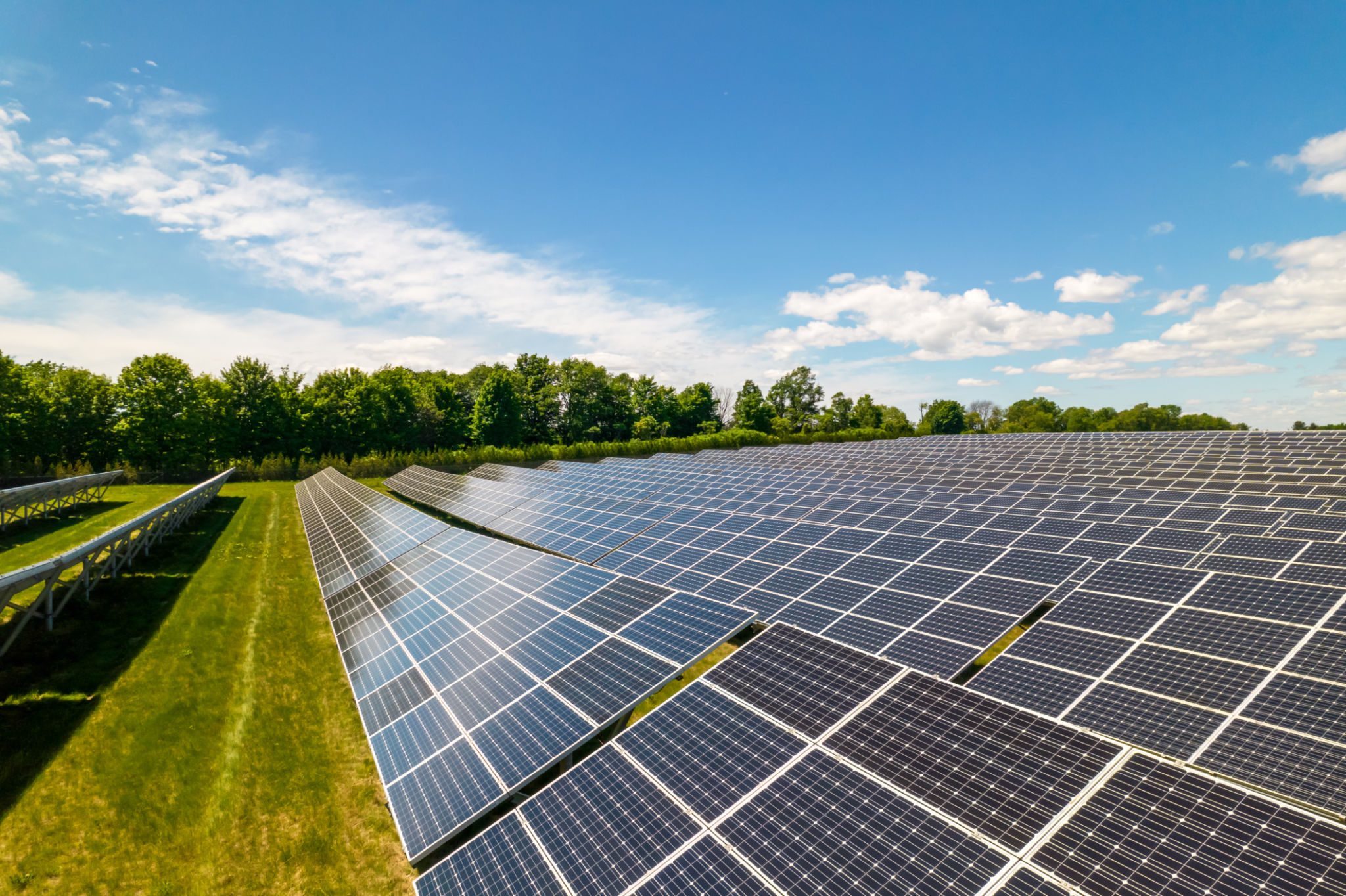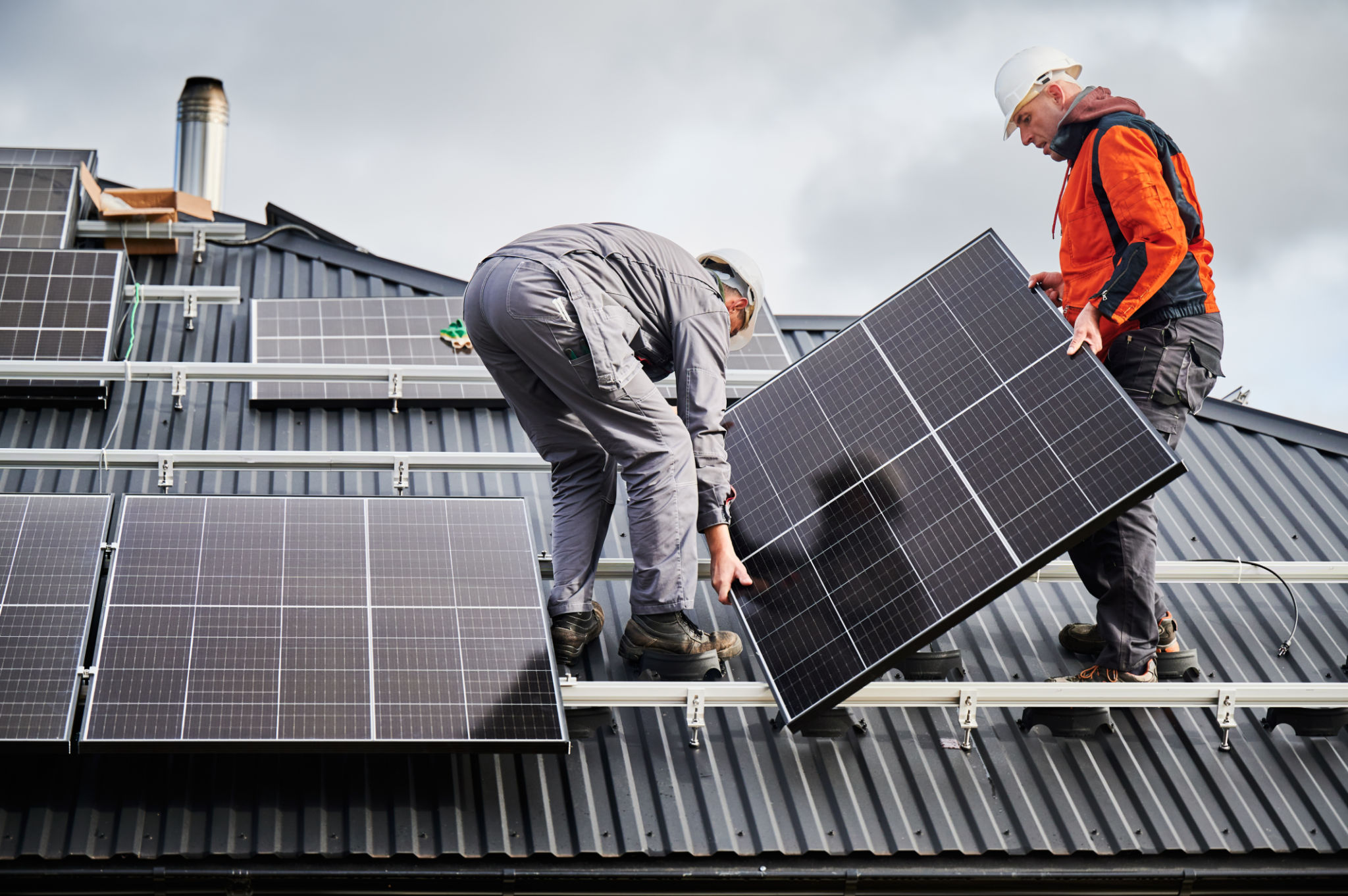Case Study: How Solar Power Transformed a Household in SA
Introduction
In recent years, the adoption of solar power has surged globally, and South Australia is no exception. This case study explores how one household in South Australia transformed their energy consumption and lifestyle by switching to solar power. The story of the arundel family serves as a compelling example of the benefits and challenges associated with solar energy.
The Decision to Go Solar
The Arundel family, residing in Barossa, faced frequent power outages and escalating electricity bills. These issues prompted them to explore alternative energy sources. After thorough research and consultations with energy experts, they decided to invest in a solar power system. The primary motivations were to achieve energy independence, reduce utility costs, and contribute to environmental sustainability.
Initial Steps and Installation
The process began with a comprehensive energy audit to determine their household's energy needs. Following this, they selected a reputable solar panel provider and installer. The installation included:
- 20 high-efficiency solar panels
- An inverter to convert solar energy to usable electricity
- A battery storage system for backup during nighttime and cloudy days
The entire installation process took about a week, with minimal disruption to their daily activities.

Immediate Benefits
Once the system was operational, the Arundel family noticed immediate benefits. Their electricity bills dropped significantly, and they experienced fewer interruptions during power outages. The battery storage system ensured a continuous power supply, even during peak demand periods. Additionally, they felt a sense of pride in reducing their carbon footprint.
Long-Term Impact
Over the next year, the Arundels monitored their energy consumption and savings. They found that their initial investment in solar power paid off within five years, thanks to the substantial reduction in electricity costs. Moreover, the reliability of their power supply improved their overall quality of life.

Challenges Faced
Despite the numerous advantages, the Arundel family encountered some challenges. The initial cost of the solar power system was substantial, requiring careful financial planning. Additionally, they had to navigate through various government regulations and incentives. Maintenance of the solar panels, although minimal, required periodic cleaning and occasional technical checks.
Government Incentives and Support
The South Australian and Federal government offers several incentives to promote the adoption of renewable energy. The Arundels benefited from tax rebates and subsidies, which significantly reduced their upfront costs. They also received support and guidance from local environmental organizations, making the transition smoother.

Conclusion
The Arundels family's journey with solar power exemplifies the transformative potential of renewable energy for households. By investing in solar power, they achieved energy independence, financial savings, and a reduced environmental impact. This case study underscores the importance of considering solar power as a viable and sustainable energy solution for households in Barossa Valley and beyond.
